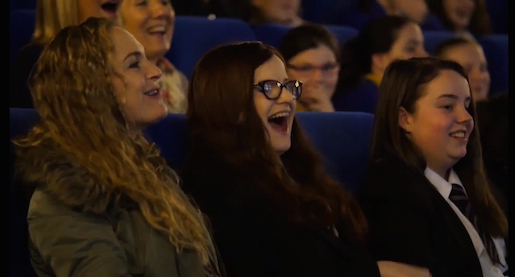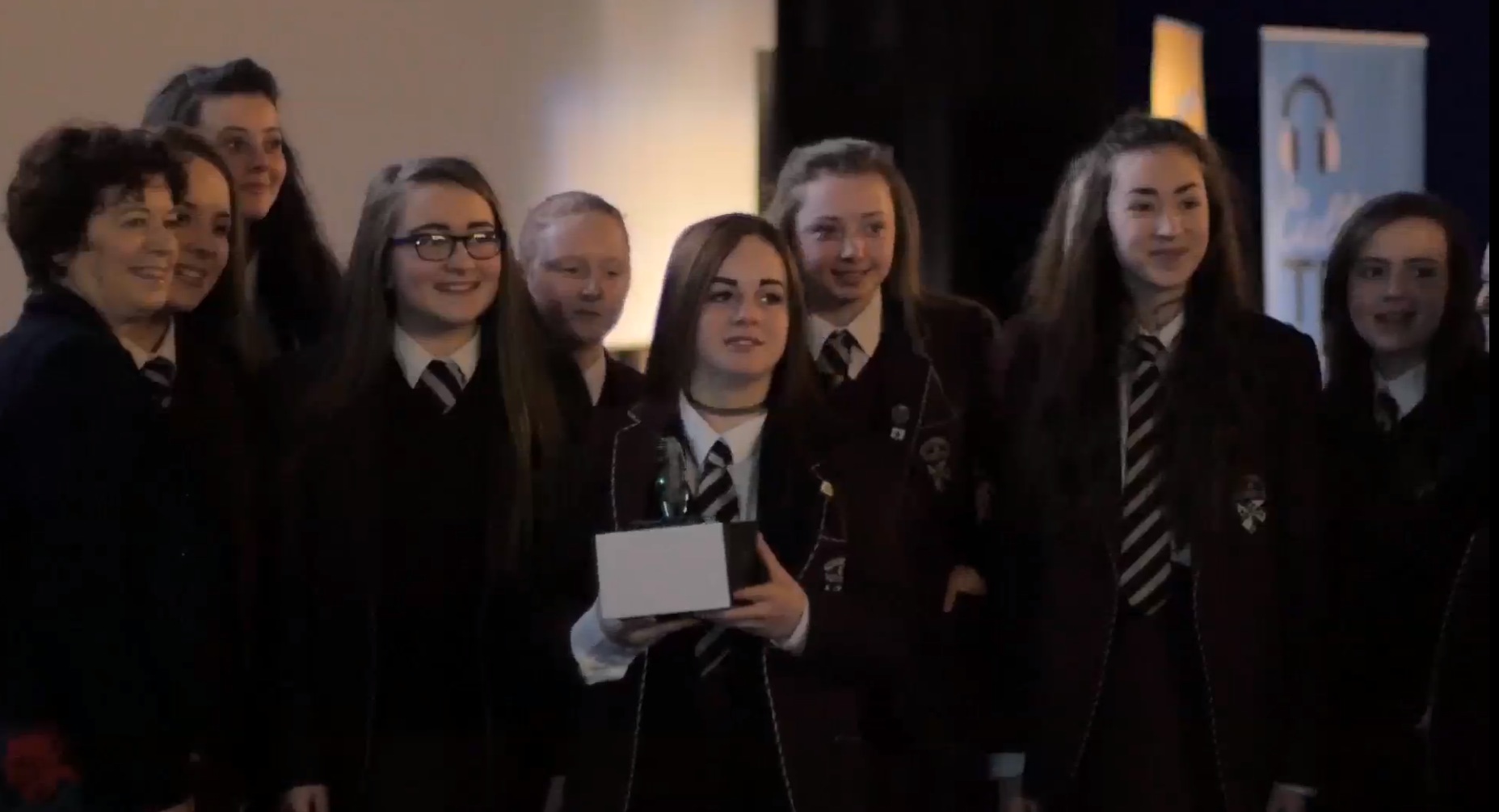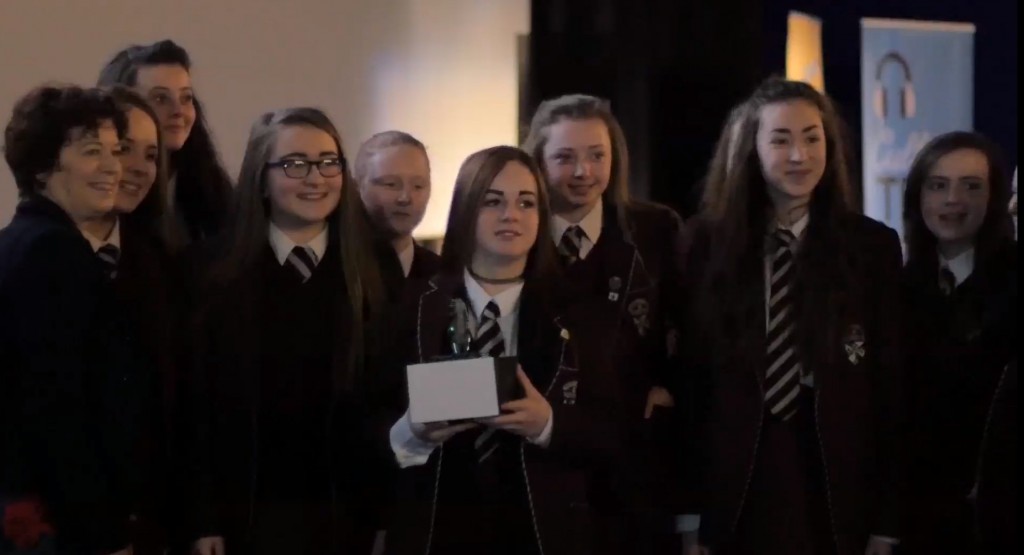Hot on the heels of the Academy Award-nominated film The Imitation Game—which brought British cryptanalyst Alan Turing’s legacy to a wide audience—Seagate has developed a competition designed to teach young students how to create and use their own secret codes.
Working with CultureTECH (the organization responsible for Northern Ireland’s biggest digital media festival and with whom Seagate has partnered for the last three years), Seagate’s objective with the “Codebreaker Challenge” was to create an educational activity that focused on the STEM (science, technology, engineering and math) subjects in new ways.
 The challenge included a movie-making element to ensure that students had the opportunity to develop their creative and digital-media skills.
The challenge included a movie-making element to ensure that students had the opportunity to develop their creative and digital-media skills.
The Seagate Codebreaker Challenge was subsequently launched last September as the theme for CultureTECH’s Big Video Challenge—a creative competition that requires young people to make short videos related to their curriculum. For the last six months, CultureTECH personnel have delivered Codebreaker and movie-making workshops to 54 schools in Northern Ireland, reaching nearly 2,000 young people.
Innovative teaching materials, developed specifically for the challenge, included a series of four tutorial videos, three starring Jon Chase, a popular science communicator and rapper who’s produced educational videos for NASA and other organizations. The fourth video featured Seagate’s Erik Anderson, a principal R&D firmware engineer based in Longmont, Colorado.
Cryptography at Seagate
Anderson, who uses code every day in his work as Seagate’s lead cryptographer, was the ideal person to explain code-breaking within the context of Seagate.
“It was really cool to be asked to get involved in this project,” said Anderson. “I’m no movie star, but I love what I do and I thoroughly enjoyed getting the opportunity to talk about it, especially since the video was going to be used to inspire young people to find out more about cryptography.”
Anderson applies these skills in his daily work of researching and developing new security technologies for Seagate products—from designing a new cipher code to developing new ways to provide secure computing and cloud storage. He also explained how cipher codes are used in our everyday lives—from checking email, making online purchases or opening a car with a remote.
How are codes made? And broken?
 Following the workshops, the students—ages 7 to 18—investigated how codes are made and broken, and created their own codes. Based on their research, they then scripted, filmed and edited a short video that put their codes and learnings to the test. Rachel McDermott, operations manager at CultureTECH, said the students showed “great originality” in the ways they demonstrated codes in action. Click here to view the videos.
Following the workshops, the students—ages 7 to 18—investigated how codes are made and broken, and created their own codes. Based on their research, they then scripted, filmed and edited a short video that put their codes and learnings to the test. Rachel McDermott, operations manager at CultureTECH, said the students showed “great originality” in the ways they demonstrated codes in action. Click here to view the videos.
“The students obviously had a lot of fun with the challenge and came up with all sorts of creative ways in which to demonstrate how codes are created and cracked,” McClure said. “We were especially impressed with the winning submission from Fleming Fulton Special School for which their students—many of whom have profound physical disabilities—wrote cooking-class recipes in code, then scripted and starred in a fun video based on the popular Masterchef TV show.”
The challenge awards event—called the “STEMies”—gave students the opportunity to see their creations on the big screen at Belfast’s Odyssey Cineplex, with nominated movies announced and shown on screen, Academy Awards-style. The winning submission from Fleming Fulton, in addition to scooping the Post Primary (high school) category prize, was also awarded the Seagate prize—a “Secret Movie Night” for the whole class.









